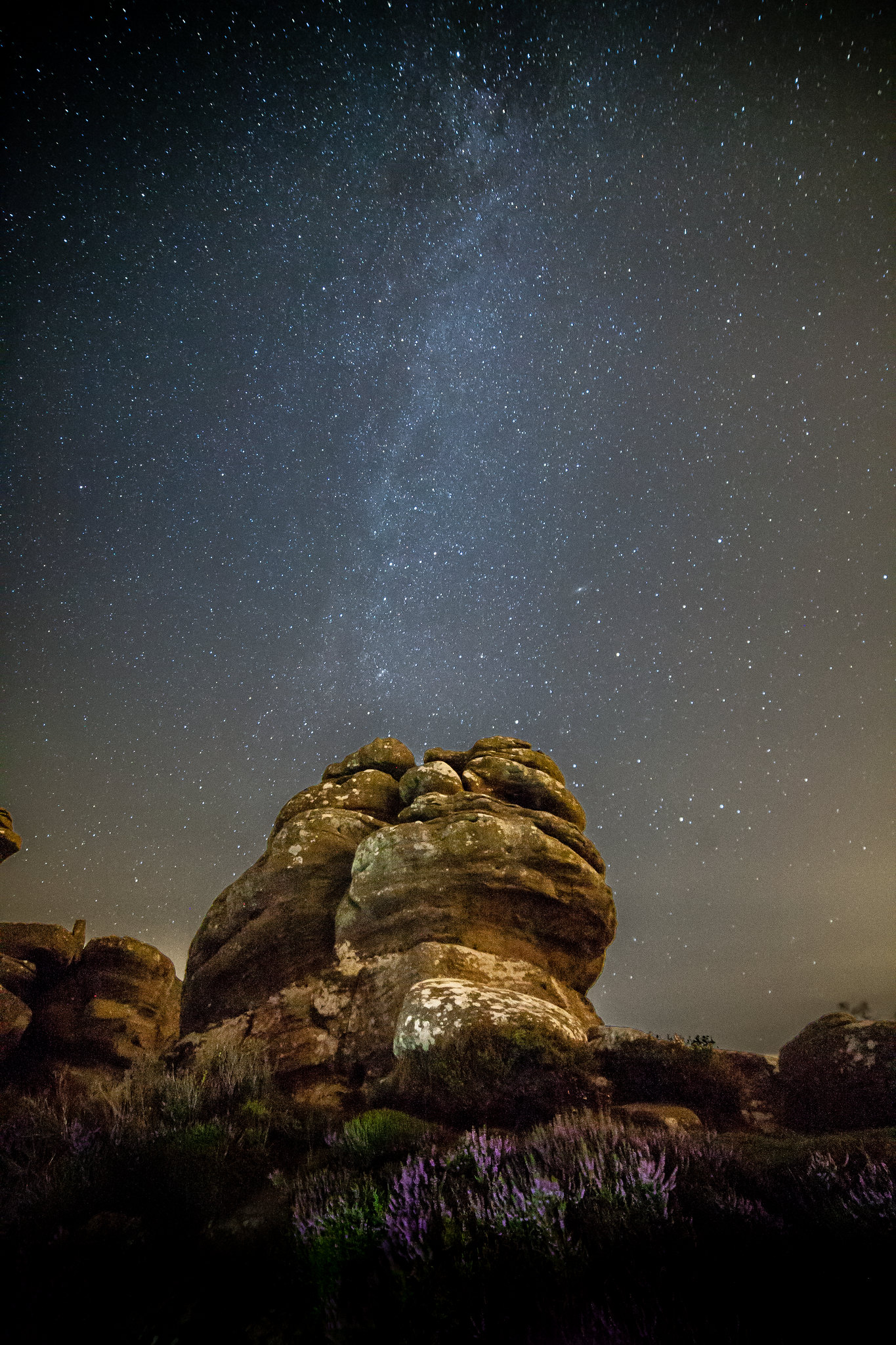Hi... Does anyone have reasonable experience of using both Gimp and PS Elements.?
I currently use Lightroom 6 standalone version which is usually all I need but occasionally I'd like to be able to blend two images (eg. Differently exposed foreground in milkyway shot) or maybe a bit of focus stacking etc.
I have done a bit of online research but it seems unclear to me whether each of these programs can do each task I mentioned and whether one is much easier to use in conjunction with Lightroom.
Any opinions?
Thanks
I currently use Lightroom 6 standalone version which is usually all I need but occasionally I'd like to be able to blend two images (eg. Differently exposed foreground in milkyway shot) or maybe a bit of focus stacking etc.
I have done a bit of online research but it seems unclear to me whether each of these programs can do each task I mentioned and whether one is much easier to use in conjunction with Lightroom.
Any opinions?
Thanks



 brimham-composite-gimp
brimham-composite-gimp brimham-composite-elements
brimham-composite-elements